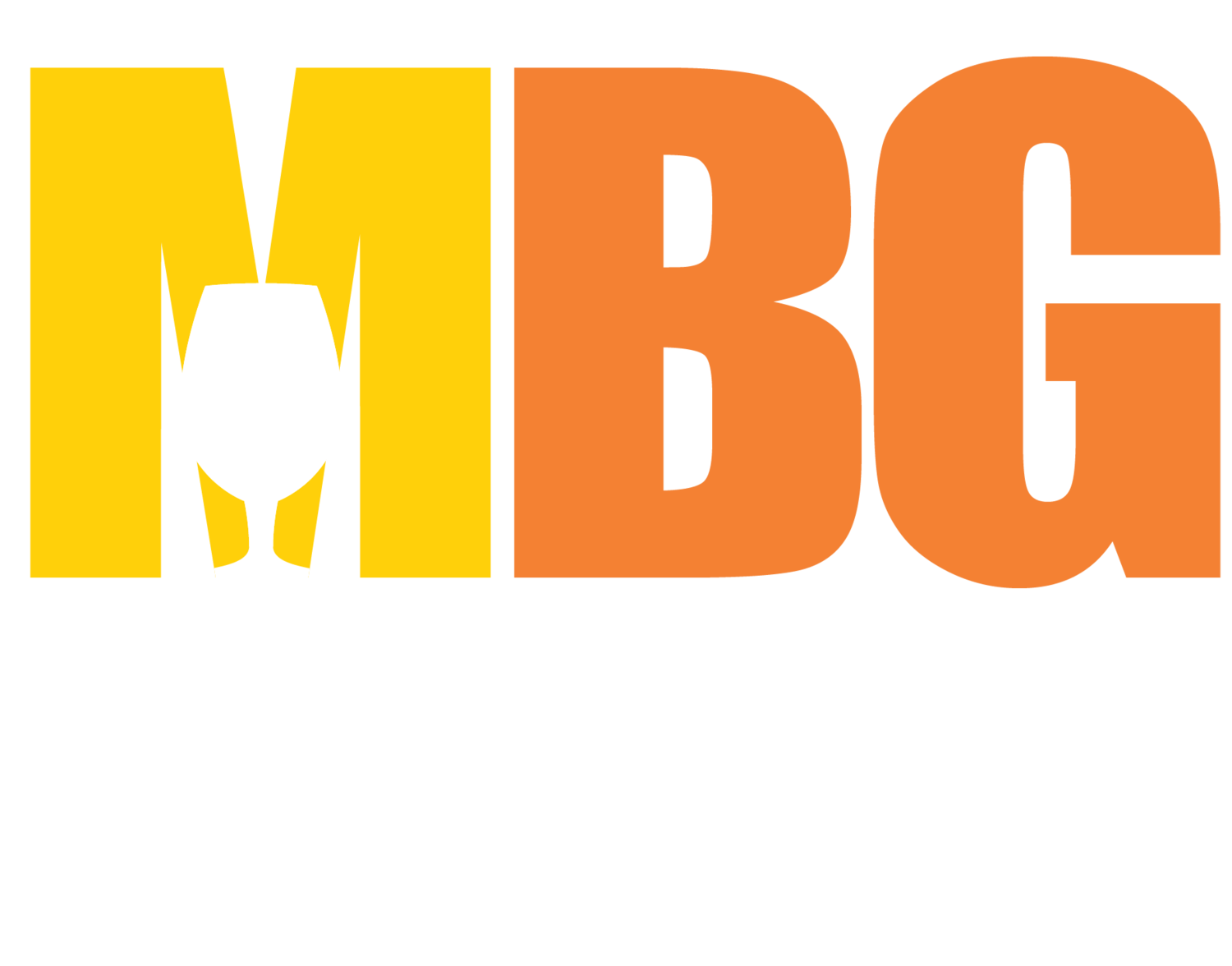Leveraging Taproom Trends and Data for Success
More than ever before, taprooms have become the most important source of revenue for the majority of America’s breweries. In the wake of a global pandemic, and with the industry’s overall volume experiencing declines, it is more critical than ever to understand the competitive landscape against which breweries find themselves.
Arryved has been fortunate enough to partner with Bart Watson of the Brewers Association to explore some of the major trends and benchmarks that have been developing in and around the industry over these last few years.
As the sole Point of Sale focused purely on the craft beverage industry, we have access to the only data set that truly captures what is happening in taprooms and tasting rooms across the country. This gives us the unique opportunity to help owners to level up their businesses and thrive in a market that is experiencing new challenges, but also new opportunities.
OPPORTUNITIES & CHALLENGES
The craft beer industry is seeing slowing growth, and there are certainly headwinds that everyone working in it needs to keep in mind. But that doesn’t mean there aren’t still plenty of ways to make your own business as successful as possible. You have to understand your regional market, though, if you want to find those opportunities, and that’s where data can be your ladder to even greater heights.
SEASONALITY
Across the country, different regions see their taproom traffic shift dramatically, depending on the time of the year. However, those shifts are not always the same depending on where you are located. Winter, after all, means very different things depending on whether you’re in Key West, Florida or Fairbanks, Alaska.
Understanding when you can expect higher or lower average volumes of customers is key to helping you decide on the type of events, engagement, and products that you need in order to be as successful as possible all year long.
● July is the single biggest month for taproom sales in most areas of the country, with the biggest gains being found in New England, where taprooms perform roughly 34% better than the average across the year
● The summer in general is “beer season” in most regions, with June through September alone accounting for nearly 40% of total beer sales
● The Southeast and Gulf Coast are the exception to the rule, where business peaks in March and April, but is relatively flat across much of the rest of the year
Taking the steps to drive business during your slowest months can be essential to putting yourself in the best possible position for when spring is in full swing. And leaning hard into the times of year when beer is already on everyone’s minds can help you to not leave money on the table, or thirsty customers going somewhere else.
PRICING
It’s no secret that craft beer drinkers, like everyone right now, are being more judicious about where and how they spend their money. This means that, more than ever, it’s important to price your beer in a way that lets you cover your increased costs without alienating your customers
Understanding how a price change can impact how your taproom visitors’ behavior is a key component, helping you to use what’s happening in your own region or neighborhood type to make better, smarter pricing decisions.
Some useful insights from 2023, compared to 2022:
● Taproom pricing for a pint of beer was up 4.6% on average
● Nearly 60% of taprooms raised their prices between 2-8%
● Taprooms located in cities and urban areas saw the smallest price increase, but also the largest volume increase when prices were raised
● Rural taprooms are, on average, the most expensive on a per-pint basis, but are also relatively tolerant of price increases
● On average, increasing the price of your beer by 1% caused a drop in the volume sold of it of only .59%
Increasing your prices is never easy, and you never want to alienate your best customers, even for the sake of a little more margin. However, the data does suggest that, particularly amongst higher income or more rural areas, you can do so with relative safety and make more in additional sales than you will lose on lost volume. It may not be the solution for every taproom, but knowing that it is an option that exists can make a significant difference in how you approach your pricing strategy going forward.
FUTURE FORWARD
While the craft beverage industry may be transforming rapidly, there is still a ton of opportunity to reach new customers, and to better serve existing ones. People are what make craft beer so special, but it takes the right knowledge and information to connect them in the ways that matter the most.
With the right benchmarks, and the key information that you need to understand your own business, you can stay ahead of a market that continues to evolve daily. As much as “data” may seem like it can be impenetrable and difficult to sift through, with the right tools, a few quality reports, and a little creativity, your brewery can continue to deliver the same value that it always has, to more customers than ever before.



